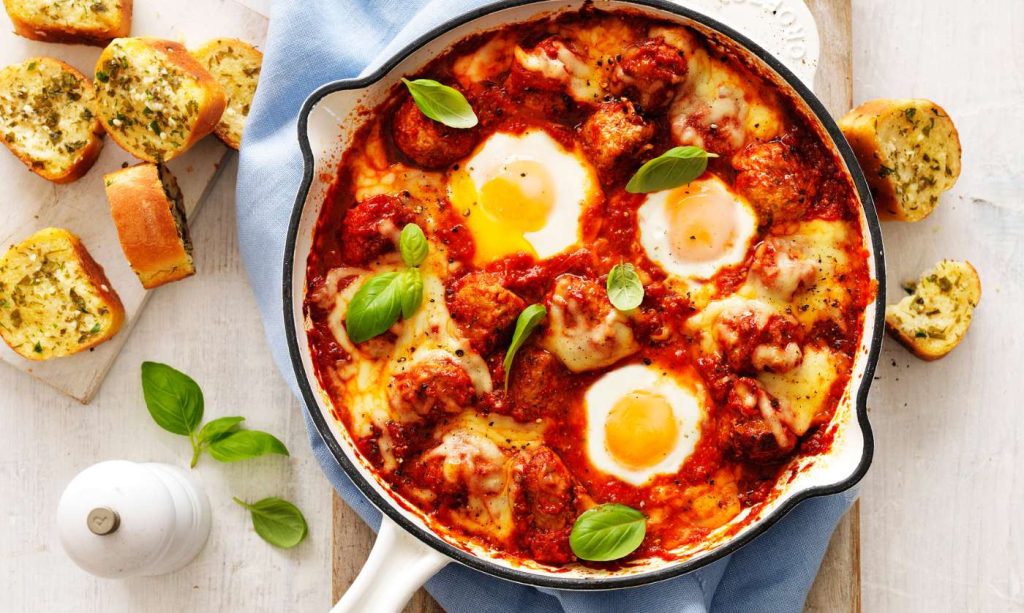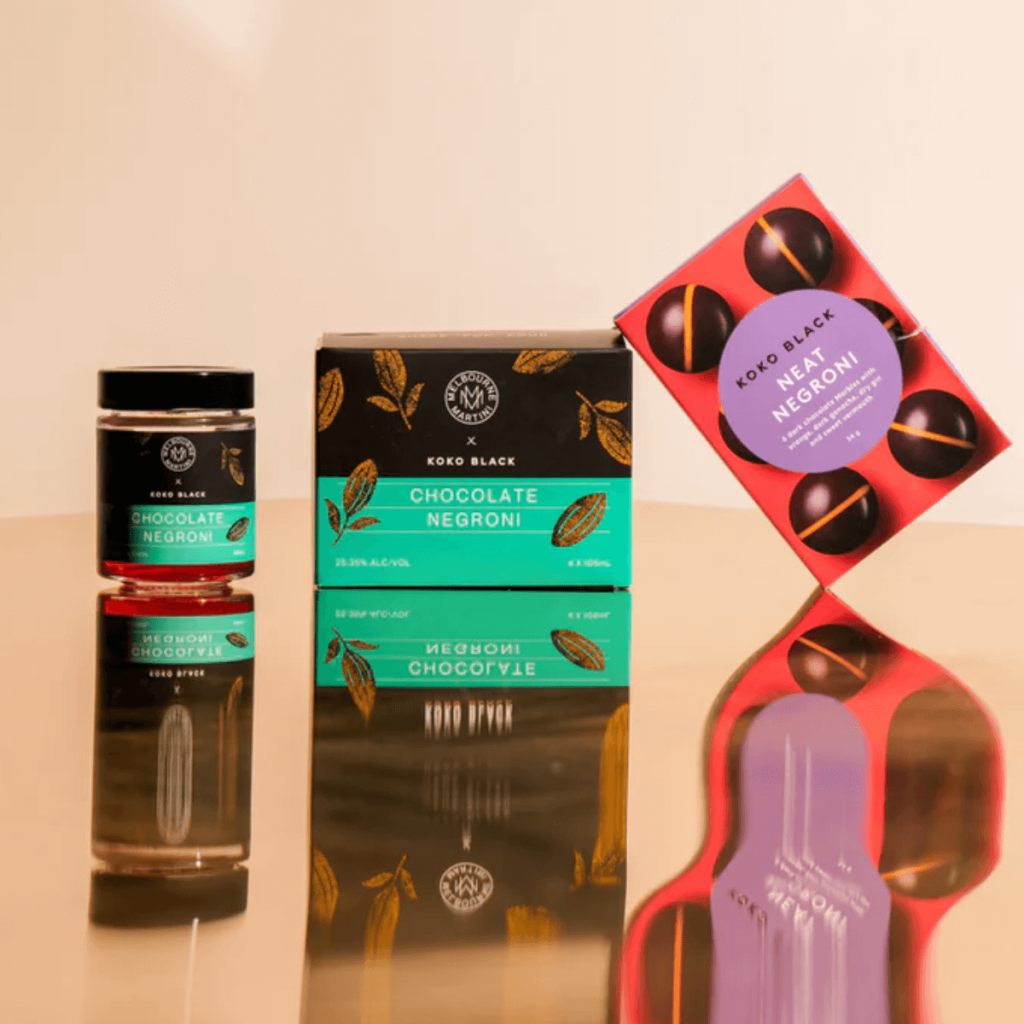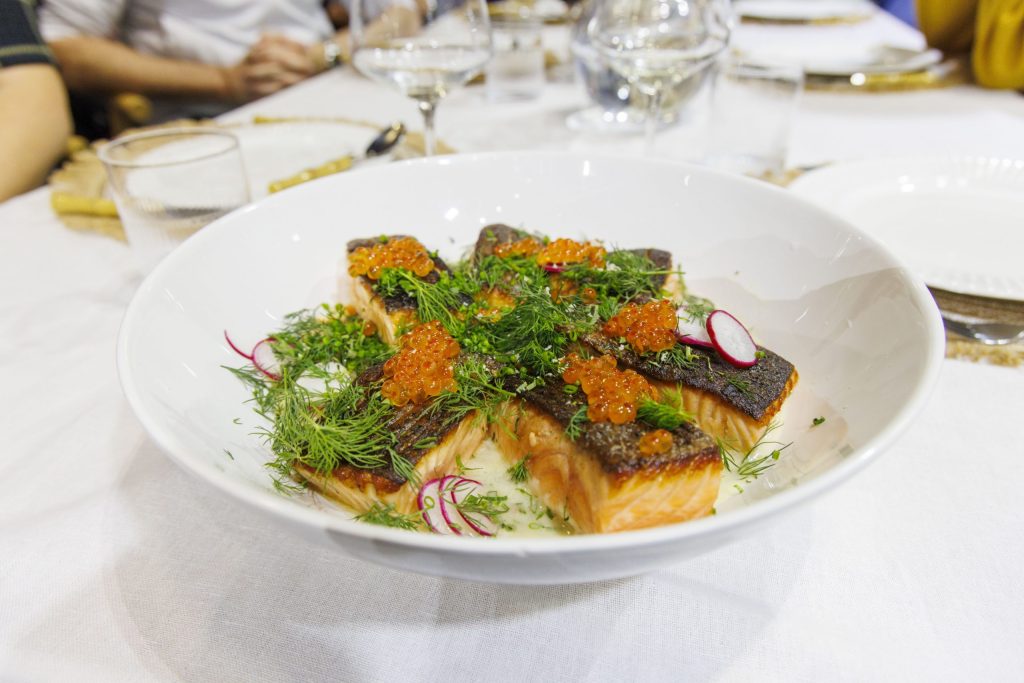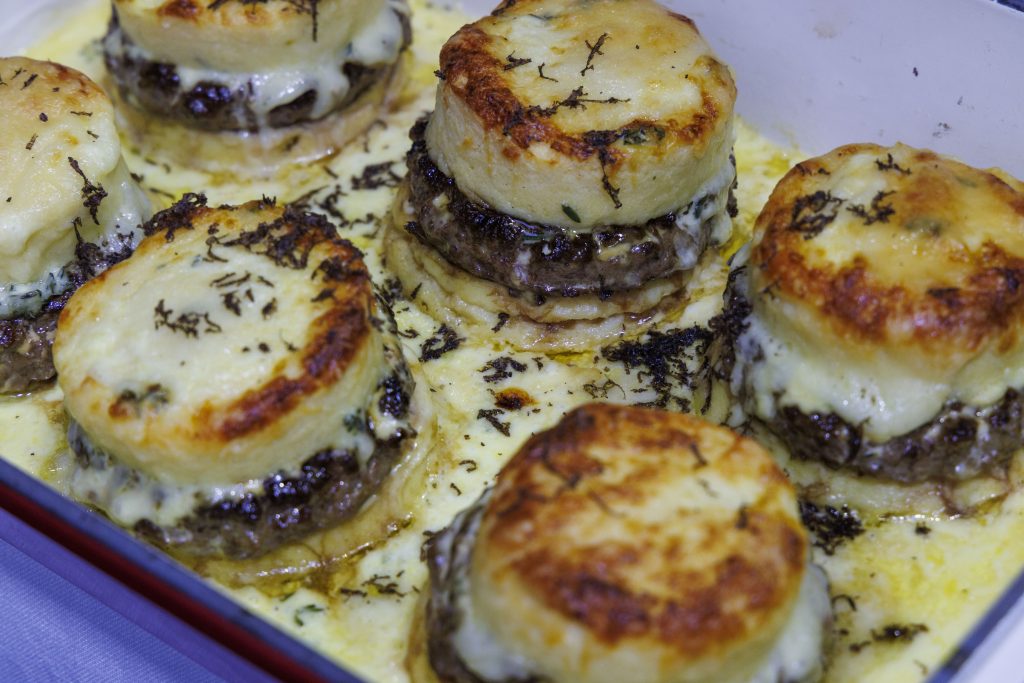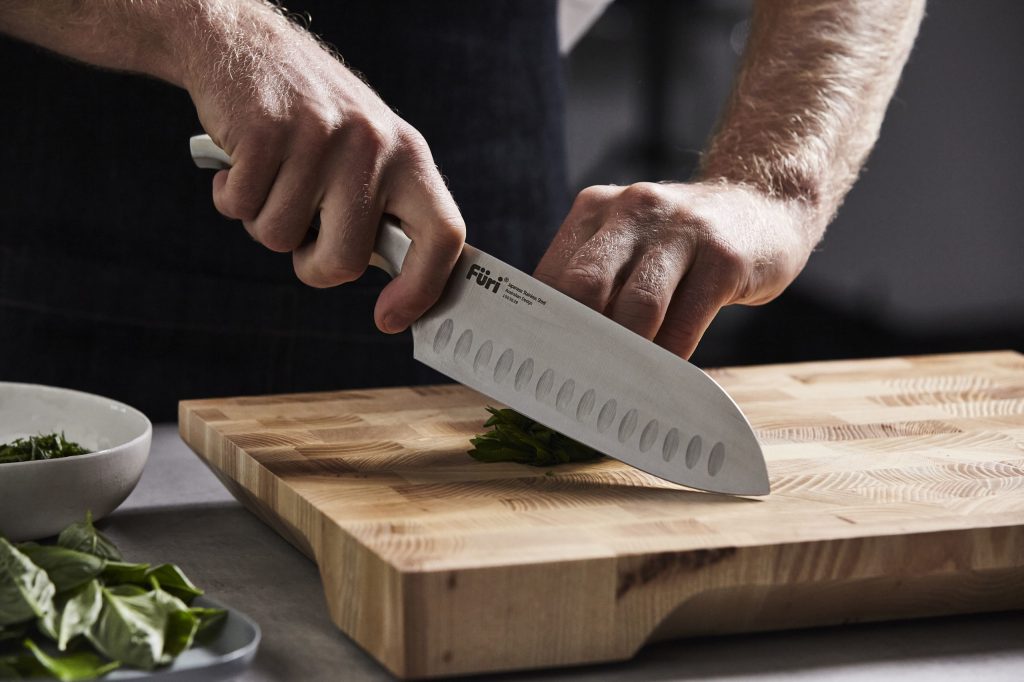Worth One’s Salt
Published 21 May, 2015Salt could very well be the most used ingredient in cooking. It transcends across cuisines and dishes, from a beef tagine to an apple teacake.
Salt intensifies sweetness and can counteract bitterness. And of course, it adds its own deliciously salty flavour. While all salt is made up of sodium chloride, some varieties contain additional minerals and additives, and with the rise of gourmet salt varieties we find ourselves asking, are some salts better than others?
Table Salt
Table salt is the most commonly used salt for cooking as its fine texture makes it easy to measure and disperses quickly into dishes. This salt is mined from underground salt deposits and is heavily processed to remove any other trace minerals. During processing, potassium iodide is added as part of a public health preventative against iodine deficiency. Because of this the salt is said to be iodized. Anti-caking agents and sugar are also often added.
Sea Salt
Sea salt is produced by the evaporation of seawater, or other mineral rich waters. While it contains the same composition of sodium chloride as table salt, sea salt is not as heavily processed and so trace minerals such as calcium, magnesium and potassium still remain. Sea salt tends to have courser, larger flakes and crystals that create a fuller flavour in the mouth, like fresh bursts of saltiness. For this reason it is usually added to dishes after cooking.
Murray River Pink Salt
Australia’s own Murray River Pink Salt is fast gaining fans across the world for its beautiful presentation and subtle flavour.
Jane from Murray River Pink Salt tells us that the highly mineralized salt is produced using pristine brine that comes to the surface from the ancient saline aquifers of the Murray Darling Basin.
‘We harvest just outside of Mildura where we allow the sun to evaporate the liquid in shallow lakebeds and then harvest the raw salt before transporting it just down the road to be packaged‘, explains Jane.
Vue de Monde Head Chef Cory Campbell describes the salt as having ‘a very delicate flavour that enhances food without overpowering it, and a great texture- a bit crunchy but melts nicely when you eat it’.
Kosher Salt
As the name suggests Kosher salt is used in the process of making meats kosher, however chefs also love this super crunchy salt and it commonly appears on pretzels and lining the glasses of margaritas. It is made using a man-made process of evaporation, which results in cup shaped flakes. The flakes are then pressed through rollers to create thin, flat flakes. Try sprinkling it on your popcorn, mixing into peanut butter cookies or rubbing it into a roast.
Himalayan Pink Salt
Salt of the moment, Himalayan Pink Salt is currently dominating the shelves of gourmet food stores and has become a staple ingredient for home cooking enthusiasts.
Despite the name, this salt actually comes from the Khewra Salt Mine in Pakistan, the second largest in the world. It’s delightful rosy pink coloring comes from trace elements of iron oxide, otherwise known as rust. It also contains small amounts of calcium, iron, potassium and magnesium, and a slightly lower amount of sodium than regular salt. For this reason some believe it is a healthier alternative, however these minerals exist in such small amounts that they are not really nutritionally significant.


